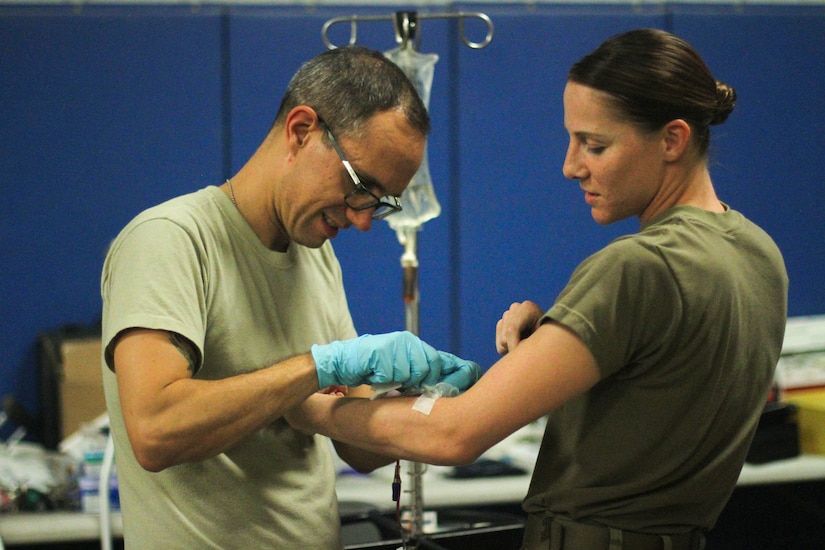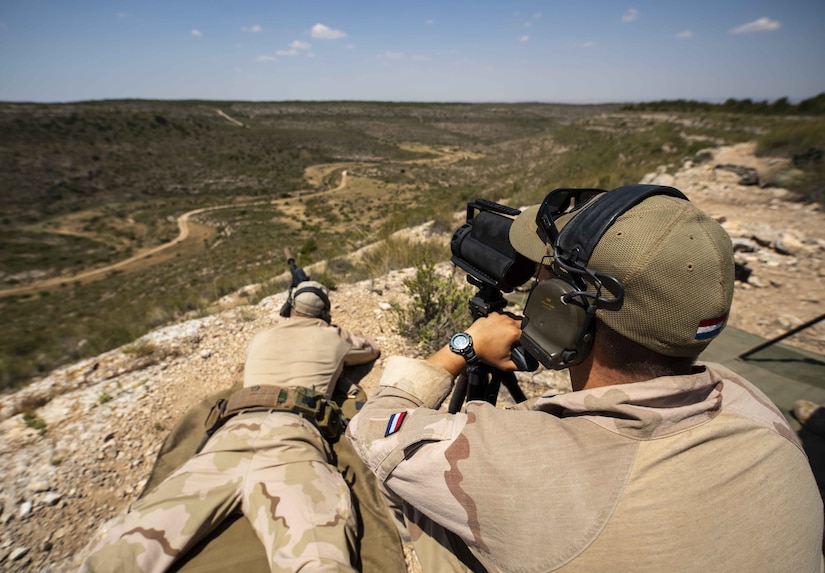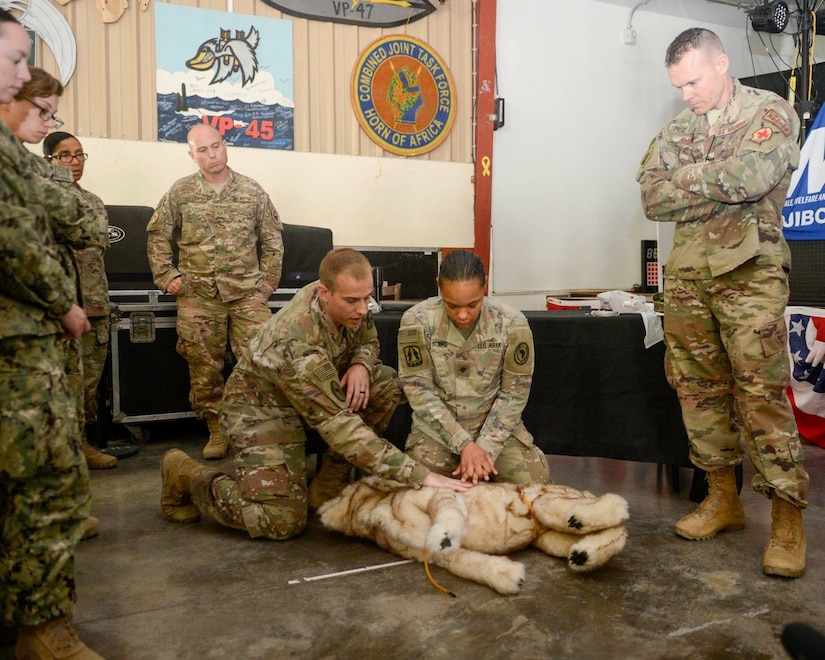By Army Spc. Jacob Hoffman, 109th Mobile Public Affairs
Detachment
FORT IRWIN, Calif. -- Army Spc. Gregoire Mondragon, a combat
medic with the Pennsylvania Army National Guard’s 108th Area Support Medical
Company, 213th Regional Support Group, is used to the type of work done at the
aid station at the National Training Center here.
Mondragon, an Allentown, Pennsylvania, resident, works as a
registered nurse at Saint Luke’s Anderson Campus hospital. His military service
led him to his civilian health care career.
“Honestly, [combat medic] school was the first introduction
to health care that I ever had,” Mondragon said. After going through his
advanced individual training, he added, he felt he had the tools necessary to
become a nurse.
“I think it was a fluid transition,” he said. [The combat
medic instructors] prepare you to take care of emergencies. They gave you the
basis of emergency medicine, and I just wanted to explore that a little bit
further.”
Unique Perspective
His civilian occupation has also given him a unique
perspective on his work at the aid station.
“We are in an austere environment, so the conditions are
very different [from a civilian emergency room],” Mondragon said. The aid
station’s responsibility is to stabilize patients and then send them to where
they can receive more intensive care, he explained.
Both his military job and his civilian career make him a
part of something bigger than himself, Mondragon said. “I wanted to use my
talents to do something that would benefit the greater good and make an impact
on my community,” he added.










